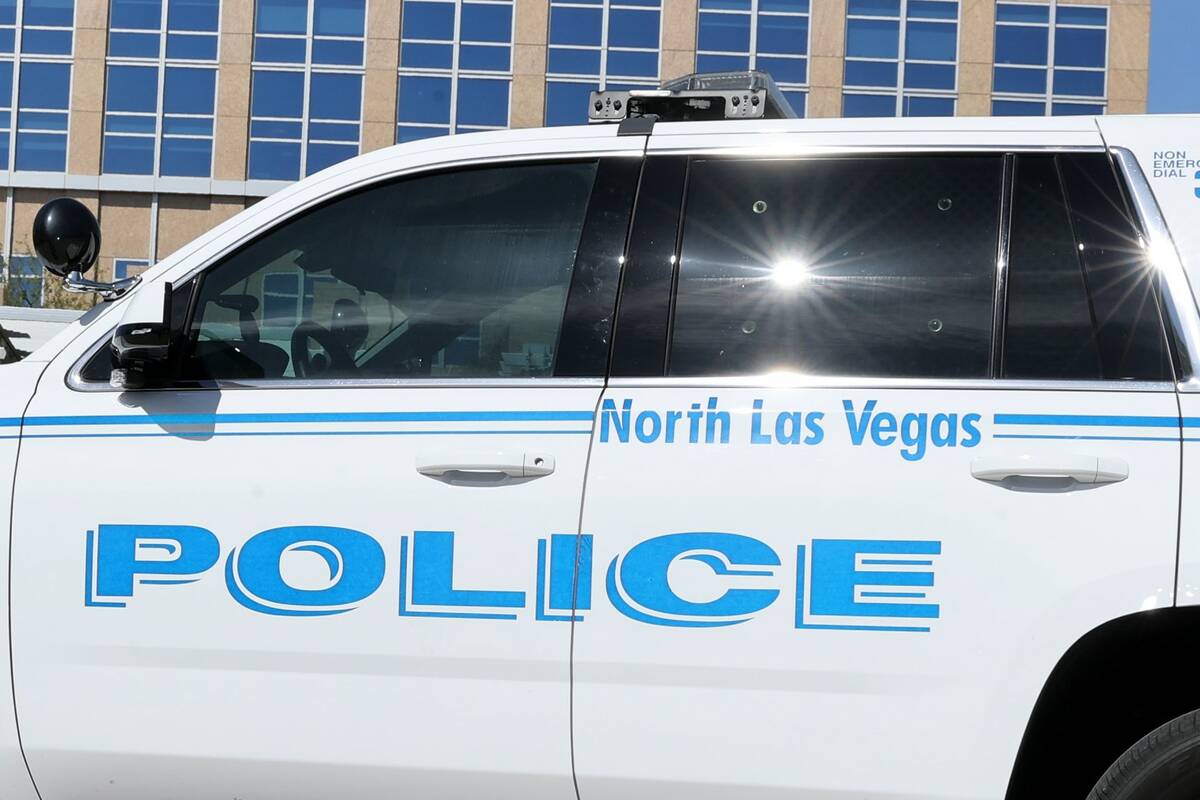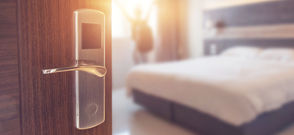Extreme drought. Record warmth. Invasive grass and lack of moisture in desert vegetation. Everything will take into account how dangerous city fires will be in the Las Vegas Valley this summer.
In addition, there are dry bushes, dead palm fronds and leaves in the gutters in residential areas, we now have fuel for fire – a spark is enough.
Fireworks on the long holiday weekend could be a trigger.
Last year, North Las Vegas suffered just over a million dollars in damage from fireworks. In the past two weeks, the North Las Vegas Fire Department responded to four major fires caused by fireworks that caused a total of $ 750,000 in damage.
“That number is going to rise pretty quickly because we had the incident on Hart Street, which is a fireworks display. We’re just waiting for investigators to keep us informed. In addition, three people were injured and 11 animals were killed, all in illegal fireworks. And that doesn’t bode well when we get into the busy week, ”said firefighter Nino Galloway.
The brief rain the Las Vegas Valley experienced won’t have enough impact to prevent city fires.
“Even if it rains heavily for an hour, the ground is so dry and hard that it can’t vacuum it up quickly enough. So it just works anyway. They won’t solve the drought and fire problems with a few rainfall, “said John Asselin, spokesman for the Bureau of Land Management of Southern Nevada.
According to Las Vegas Fire Marshal Robert Nolan, July 4th is one of the busiest and most stressful nights of the year for law enforcement and fire departments as they respond to calls related to illegal fireworks activities and city fires. Las Vegas Fire and Rescue reported nearly 1,400 calls on July 4th last year.
Because Las Vegas is located in the Mojave Desert’s climatic basin, the environment is extremely sensitive and prone to fires.
The only fireworks display allowed to Clark County residents are “safe” items sold by licensed charitable stands. But Nolan said residents often travel to Pahrump and Moapa, where it is legal to buy missiles and explosive fireworks, and then travel back to the city limits, where those fireworks are illegal.
“Safe-and-Sane” fireworks include sparklers and fireworks that hang in a small, circular area on the ground and do not explode in midair. Illegal fireworks, according to a press release, include any item that is made of highly flammable materials or that explodes in the air, such as fireworks, Roman candles and rockets.
Since most of the residential areas in the city have not been cleared of dry scrub and dead palm fronds, rockets and exploding fireworks are more likely to cause fires.
Due to concerns about extreme drought, some Utah and Arizona communities have canceled shows. Las Vegas plans to have professional fireworks shows across the valley.
Disposal of fireworks
The improper use and disposal of fireworks is a leading cause of city fires. It is particularly risky given the high temperatures associated with fireworks, even fireworks that are labeled as “safe and sound”.
Take a sparkler, for example. A hand-held sparkler on a metal stick can reach temperatures as high as 2,000 degrees Fahrenheit. It’s as hot as a blowtorch or charcoal fire in a grill. Now imagine a piece of fireworks debris that landed on a dry palm tree after shooting hundreds of meters into the sky.
Fireworks remnants have a larger surface area than the sparks from a sparkler. Simply doubling the volume of a heat-retaining material increases the surface area by a factor of 4 and the thermal energy by 8. In other words, larger fireworks remnants tend to store more heat that takes longer to cool down.
If local residents throw debris or fireworks in trash cans, the used parts still hold the heat. The constant smoldering of spent fireworks in garbage cans causes firefighters to react to dumpster fires or house fires on July 5 between 2 and 4 a.m., firefighters said.
“Where do most people keep their trash cans? Either in their garage or next to the house under the eaves of the house. And once it starts and it’s in a flammable container like plastic trash cans, you’ll have a house fire later, ”said Nolan.
Given the size and smoldering, local residents need to take into account the distance that fireworks remnants will travel.
Consumer artillery shells are typically 1.75 inches in diameter. When fired, the grenades reach an approximate height of 175 feet with a grenade explosion about 80 feet wide. In comparison, professional fireworks 3 inches in diameter can have a grenade explosion about 135 feet wide.
The debris can start a small fire, but if it gets caught on dry grass or is picked up by the wind and lands on roofs and trees, it can quickly turn into an uncontrollable urban fire.
“If you don’t have a hardscape with gravel, heat-resistant plants and a well-maintained roof, we’re going to have a lot of fires from the illegal explosives,” said Tim Szymanski, spokesman for the Las Vegas Fire Department.
Report illegal fireworks
Fire and law enforcement officials rely on a heat map of the valley showing reported illegal fireworks activity filed by local residents on ISpyFireworks.com to help mitigate and prevent urban fires. The district urges people not to call 911 or 311, but to report online about illegal fireworks activities.
We want people to celebrate but be aware of their surroundings and know that illegal fireworks are illegal. And it puts us all in danger, ”said Galloway. “I’m a firefighter at heart, and at the end of the day we’re trained to do it. We are preparing for July 4th to be a busy weekend so it is our job. But the consequences that are noticeable in retrospect affect everyone. “
Stephanie Castillo is the American Association for the Advancement of Science Mass Media Rapporteur in 2021. Email her at scastillo@reviewjournal.com or follow her on Twitter @PhutureDoctors.
Tips on how to handle fireworks safely
– Never attempt to re-ignite or pick up fireworks that have not completely ignited.
– Never aim or throw fireworks at another person.
– Wear protective glasses
– Have a bucket of water or a garden hose ready in case of fire.
– Light fireworks one at a time, then walk back quickly.
– Never carry fireworks in your pocket or shoot them in metal or glass containers.
– After the fireworks have stopped burning, pour copious amounts of water from a bucket or hose on the used device before throwing it away to avoid a rubbish fire. It is best to leave the spent or unused fireworks in the water for hours, some can re-ignite and cause fires in homes and garages if left in trash cans.
Source: Consumer Product Safety Commission













